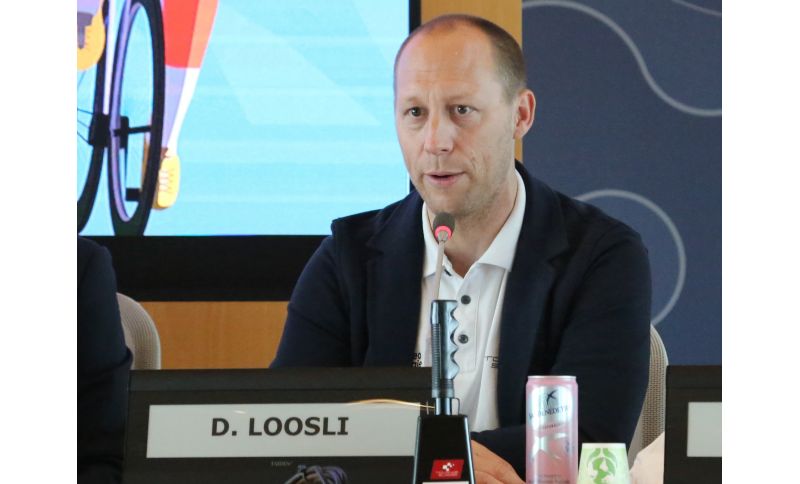

Race safety is an increasingly discussed and current topic, from the youngest to professional top-category athletes, it is a serious problem where precautions are never enough. The Tour de Suisse has decided to take an additional step by launching the experimentation of actual trackers that can locate the rider at any moment during the race and therefore immediately provide assistance.
The decision by the Swiss stage race organization certainly came following two tragedies that shook the Swiss cycling caravan in recent years. The first was that of Gino Mäder, a Swiss cyclist who passed away after a fall during the fifth stage of the Tour de Suisse in 2023, but the incident that involved the very young Muriel Furrer during the junior line race of the recent Zurich World Championships was especially influential. The athlete, also Swiss, was found only an hour later without images or witnesses being able to document her fall. Two powerful events that shook the international cycling community, particularly the Swiss one, which decided to intervene decisively, even before the UCI took measures.
Starting with the Tour de Suisse Women, scheduled from June 12 to 15, and then during the Tour de Suisse (from June 15 to 22), a localization and accident prevention project will be implemented for all athletes. Each bicycle will be equipped with a tracker that will immediately send a signal in case of anomalies, such as a fall, which will be received by a control unit at the finish line with three staff members who will then notify the team and medical personnel. "After the many tragedies that have occurred, we understood that we absolutely had to move, to act proactively to increase safety at least during our races," said David Loosli, sports director of the Tour de Suisse, to tuttobiciweb. "With this system, every athlete will be equipped with tracking that will be monitored by a control unit with at least three staff members for each stage. After an anomaly or lack of signal for 30 seconds, an intervention protocol will be immediately activated that involves communication with the team and then subsequently with medical personnel. Faced with so many incidents that often take the lives of our athletes, we decided to take a small step towards a safer cycling. Of course, this absolutely does not mean that there will be no more falls, but at least it will allow us to intervene promptly without leaving any rider without assistance."
This is the first time a stage race has implemented such a massive solution, and after testing during the Swiss races, if successful, the hope is that it will be taken as a model by other federations and organizations to ensure greater safety for all athletes. "The women competing in the Tour de Suisse Women will be the first to test our in-race system; we are very confident and hope it will be efficient for every type of unforeseen event," Loosli continued. "The goal remains always to guarantee greater safety; this will be a first trial, and we hope it will encourage other organizations to do the same."

